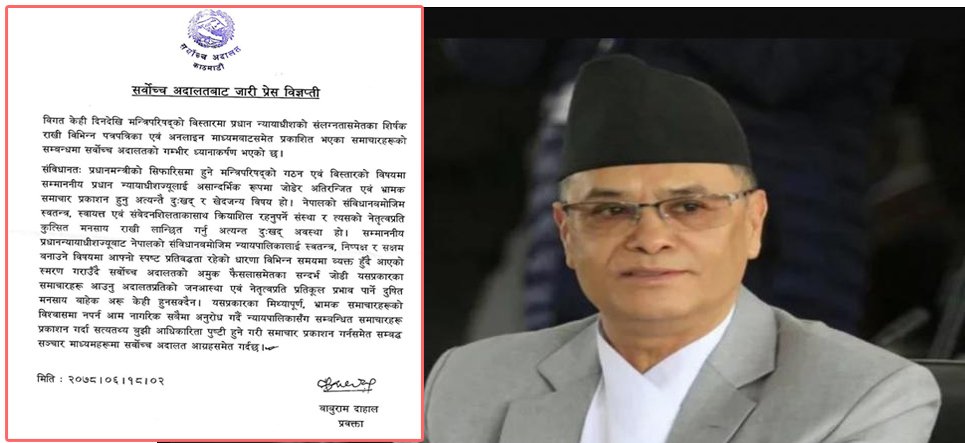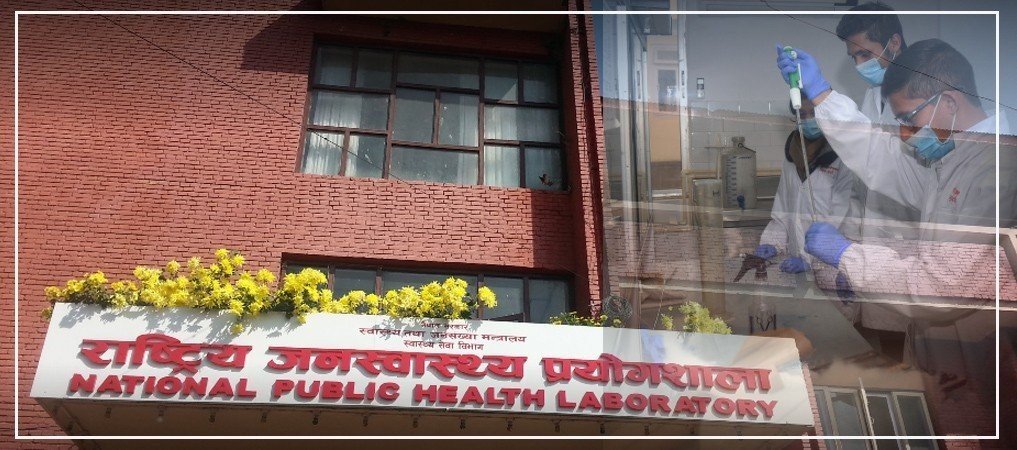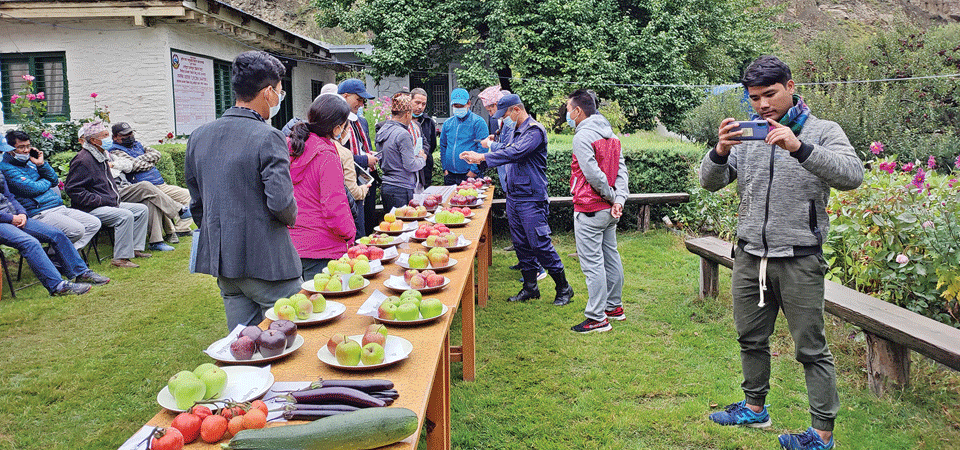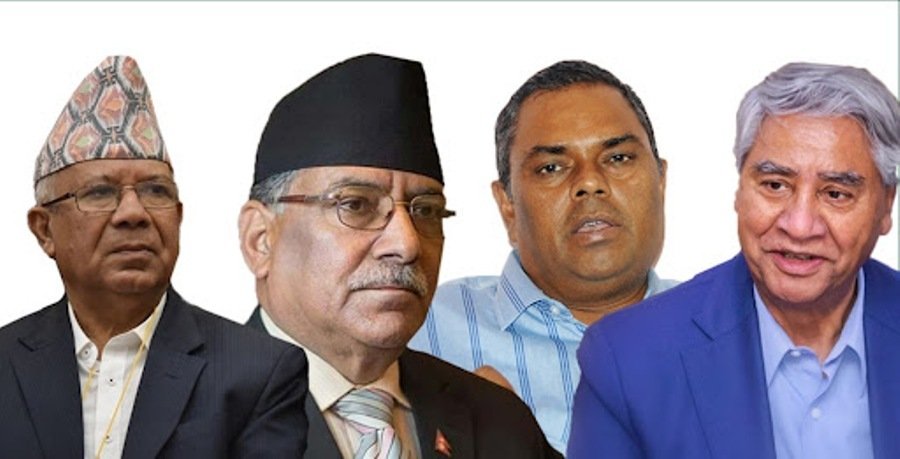Eradicate Caste-Based Crimes
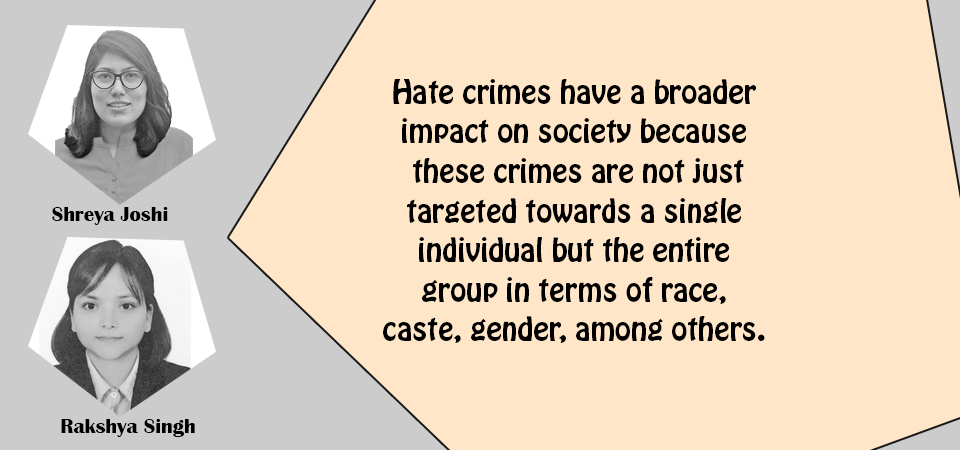
Rakshya Singh / Shreya Joshi
Caste continues to dictate life for many Dalits who Nepali society has shamelessly labelled as “low-caste” or worse “untouchable”. There are countless instances experienced by a Dalit wherein basic privileges of life such as marrying a partner of your choice, practising your religion or renting a space for living becomes a tale of horror. For instances, in 2020, Nabaraj, a young dalit along with his friends went to another village in Rukum to meet his love interest hoping to elope with her. But they were beaten up by the entire village, some were mercilessly killed while some were thrown into the Bheri River all because Nabaraj being a dalit dared to love a girl from “upper caste”.
Collective shame
Similarly, a 12-year-old Dalit girl was killed in an attack in a village of Rupandehi district in southern Nepal after she had been forcibly married to her alleged rapist from a so-called dominant caste. Her body was reportedly left hanging from a tree. Nearly three decades ago, in the case of Man Bahadur Bishwokarma vs. His Majesty’s Government, the court had proclaimed laws that legitimised forbidding Dalits from entering temples as unconstitutional. To our collective shame in 2021, Bhim Bahadur Bishwakarma, a 58-years-old resident of Durgachowk in Bharatpur Metropolitan City of Chitwan district, was brutally killed for merely wanting to enter into a temple. Even in the capital city Kathmandu, a journalist named Rupa Sunar was denied rent as she belonged to ‘Dalit’ by the house owner. The above few incidents reflect that for a Dalit irrespective of their gender or social standing, the Hinduism imposed caste system continues to remain a veritable chamber of horrors as declared by Dr. B. R. Ambedkar.
The origins of caste-based hierarchy in Nepali society can be traced back to the 5th century CE during the Licchavi period. However, Nepal’s caste system has been time and again codified based on Hindu texts as per the whims of the rulers. The 1854 Muluki Ain/ Country Code further strengthened this malpractice of the caste system by placing the Dalits at the bottom of the social strata. The Code divided people into Tagadharis, Matwalis, Pani Nachalne and Achhuts. The Tagadhari refers to the high caste that includes Brahmins and Chhetris. The Matwali includes indigenous people. Pani nachalne were regarded as impure whose physical touch to the Tagadhari and Matwali was not permitted and they were required to undergo a purification ritual if touched by a Pani nachalne.
Finally, the Achhut (untouchable) within the fourfold were strictly prohibited to have physical contact with top three castes and were subjected to extreme legal punishment such as death by stoning or other forms of death penalty as per the code. From then until now, the laws of Nepal have, to some expected extent, undergone a commendable reform. The country has also ratified various international conventions such as International Covenant on Civil and Political Rights (ICCPR), International Covenant on Economic, Social and Cultural Rights (ICESCR) and Convention on Elimination of Racial Discrimination (CERD). The Constitution of Nepal contains a list of fundamental rights and provisions for protection of Dalits and other marginalised groups.
Article 24 of the Constitution of Nepal guarantees right against untouchability and discrimintaion, stating that any act of untouchability and discrimination in any form is punishable as a severe social offence and the victim of such discrimination has the right to obtain compensation. A closer look of this article suggests that the constitution does acknowledge caste-based discrimination could lead to severe social offence but the use of the words “social offence” also shows lack of willingness of the state to boldly state caste-based offense as heinous criminal offences.
Moreover, both the civil and criminal codes provide that discrimination shouldn’t be made on any grounds such as inter alia origin, religion, colour, caste, race, sex, physical condition, disability. The specific legislation to combat caste-based discrimination is Caste-Based Discrimination and Untouchability (Offence and Punishment) Act, 2068. This Act envisions various manifestations of caste-based discrimintion, in public sphere, in access to public services, in course of employment or business, in cases of marriage and practising religion. The Act provides both compensation as well as imprisonment as punishment for any perpetrator. But this Act fails to acknowledge how caste based discrimination leads to atrocities such as rape and murder. The Act still ignores the extent of severity of crime inflicted upon individuals based on caste.
Considering the legacy of crimes committed against Dalits by the upper castes and continued oppression and discrimination, the law, as the only solace for the weak and oppressed for justice, must recognise some forms of crimes directed at Dalits and other historically marginalised castes as caste-led hate crimes. Hate crimes are crimes that are motivated by prejudice against a certain group. Hate crimes have a broader impact on society because these crimes are not just targeted towards a single individual but the entire group in terms of race, caste, gender, among others. National penal laws do not explicitly recognise any horrendous crimes as hate crimes although crimes are generally understood to have both underlying reason (mens rea) and manifestation (actus reus).
In cases where crimes are committed against Dalits or “lower” castes for their sole identity, the caste bias that induces such crimes should be regarded as a motive for the crime and thus must be punished severely. Acknowledging caste-based discriminatory crimes as hate crimes also provides a bold message to the society that New Nepal does not tolerate such hatred towards Dalits and such hatred is indeed a heinous crime.
Unimaginable problems
Imposition of severe punishment by enacting harsh laws is definitely not a wholesome solution to uproot this abhorrent system of caste based oppression. It is also undeniable that there are unimaginable problems in enforcements of existing laws to curb caste-based crimes. Irrespective of procedural challenges, if caste alone determines the likelihood of a Dalit woman being raped, of a dalit person being lynched and murdered and if an entire village can manage to get away with such horrible crimes, the law as an instrument of justice must address more than the bare minimum to ensure justice to the vulnerables. It is, therefore, urgent to deliberate upon the need to declare caste-based atrocities as “hate crimes” and treat such casteist criminals with higher sentences if only to express our solidarity for justice of the oppressed caste.
(Singh and Joshi are advocates associated with Meroadda. singhrakshya87@gmail.com, zhreya.zoshi@gmail.com)
Recent News

Do not make expressions casting dout on election: EC
14 Apr, 2022
CM Bhatta says may New Year 2079 BS inspire positive thinking
14 Apr, 2022
Three new cases, 44 recoveries in 24 hours
14 Apr, 2022
689 climbers of 84 teams so far acquire permits for climbing various peaks this spring season
14 Apr, 2022
How the rising cost of living crisis is impacting Nepal
14 Apr, 2022
US military confirms an interstellar meteor collided with Earth
14 Apr, 2022
Valneva Covid vaccine approved for use in UK
14 Apr, 2022
Chair Prachanda highlights need of unity among Maoist, Communist forces
14 Apr, 2022
Ranbir Kapoor and Alia Bhatt: Bollywood toasts star couple on wedding
14 Apr, 2022
President Bhandari confers decorations (Photo Feature)
14 Apr, 2022



